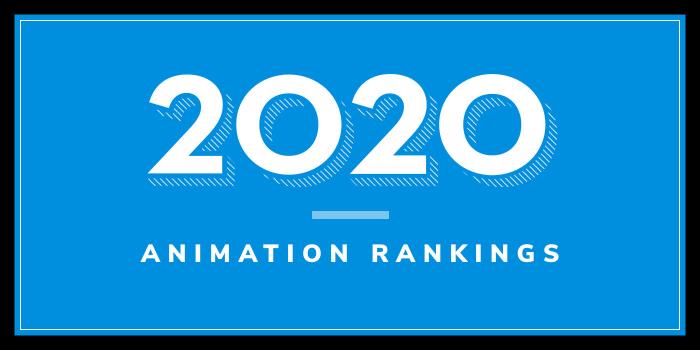Oklahoma Christian University (OC) began in 1950 as Central Christian College, with an enrollment of 97. Today, the school serves close to 2,300 students enrolled in 21 academic programs, 71 majors, 52 areas of study, and eight graduate degrees. Programs are offered through 14 academic departments operating in one of five colleges (academic divisions). Programs for aspiring animators are offered through the College of Engineering, Department of Computer Science and the College of Liberal Arts, Department of Art & Design. Options include a BS in Computer Science with Gaming and Animation and BA and BFA degrees in Gaming and Animation.
The BS requires 126 credit hours of study to graduate, including 84 credit hours in the major as follows: computer science core (45), communication (3), mathematics (6), computer science upper division (9), gaming and animation (15), and electives (6). Course highlights include 3D Modeling, Computer Simulation, Human Computer Interaction, Game Technology, Game Programming, Computer Graphics, Game History and Development, Mobile Applications Development, and Team Game Production.
In addition to preparing students for positions in industries such as 3D visualizations, VR and AR technologies, the CSBS Gaming and Animation program prepares students for a career in technology, finance, retail, manufacturing, energy, healthcare, aerospace, government, education, and entertainment. Each industry offers opportunities in solution technologies such as Internet, user interface, gaming, mobile, visualization, and database technologies.
The BA requires 51 hours in gaming and animation. Both the BA and BFA expose students to the film, video and animation disciplines and game design. The school says that the programs emphasize communication design, self-expression, and experimentation. Students will “develop a grasp of industry-level skills and artistic techniques” including texturing, unwrapping, animating, rigging 3D models, game level design, 2D animation techniques, audio production and interactive design.
Course highlights include 3D Modeling & Animation, Figure Drawing History of Gaming and Animation, Form and Communication, Animation Principles and Practices, Motion Imagery, Technology of Computer Graphics, Illustration, Media Production, and Interactive Media Design. Students will also complete Gaming and Animation Studio, Team Game Production, The Business of Branding Yourself, and the Gaming + Animation Capstone.
Graduates of animation programs at OC may find themselves working as 3D Modeling Animators, Graphic Designers, Painters or Videographers.












